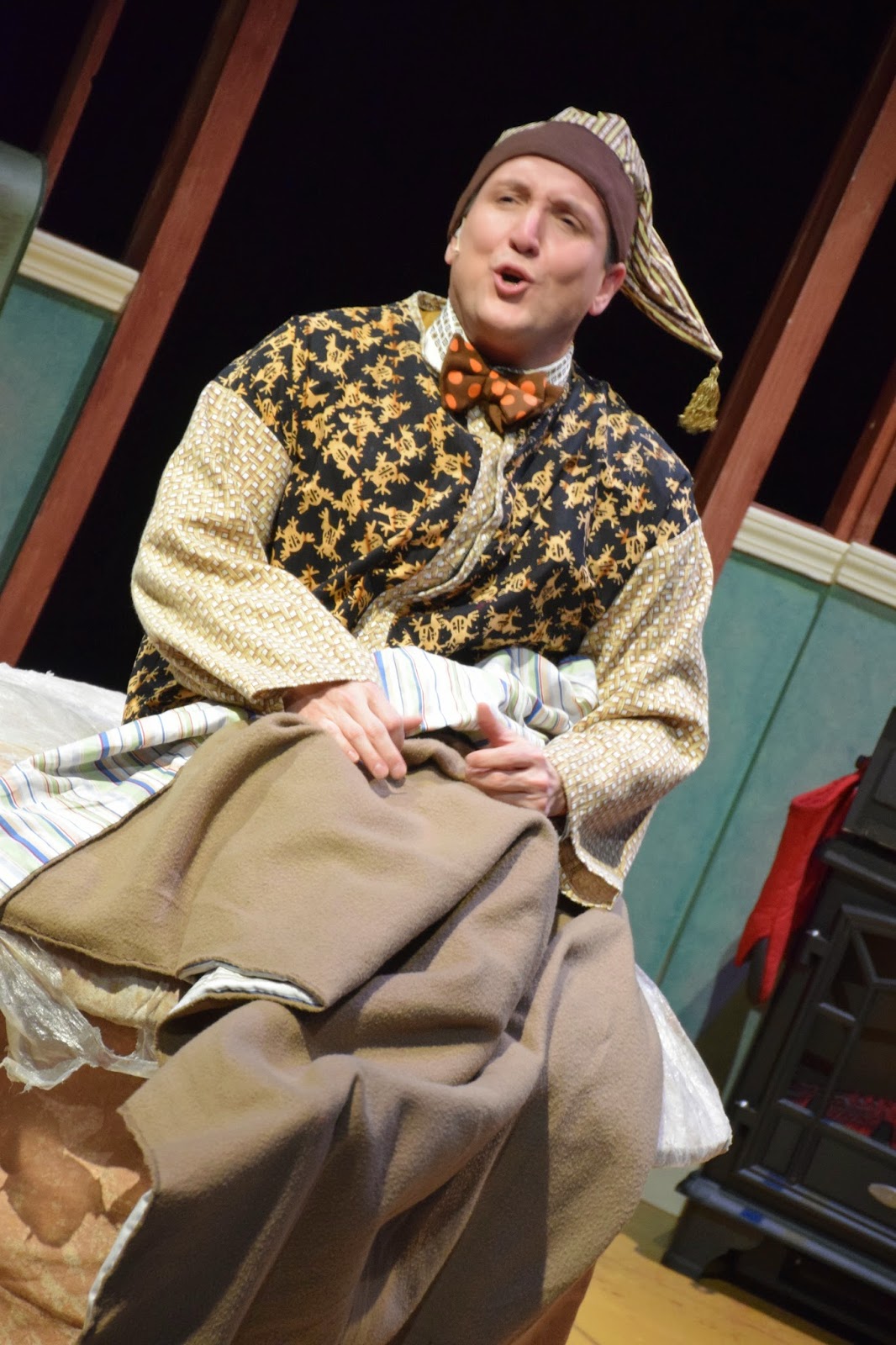Beef & Boards rings in the New Year with an old comedy about marriage (without wives)

Two veterans of Beef & Boards Dinner Theatre play the title roles in "The Odd Couple" to open the company's 2015 season. Neil Simon's comedy turns 50 next year, and the offstage friendship of Eddie Curry and Jeff Stockberger is already half that age. Oscar (Jeff Stockberger) and the poker gang endure Felix's (Eddie Curry) cleanliness obsession. Thus, the joys of familiarity are fully on display in the show, which opened Tuesday night. They bubble up according to the company's time-tested "louder, faster, funnier" formula, shared with me years ago by Curry in an interview. In this production, directed by Douglas E. Stark, B&B's executive director, Curry plays Felix Unger, a fastidious worrywart distressed by the recent breakup of his marriage. His friend and fellow B&B old-timer, Jeff Stockberger, portrays Felix's poker-playing buddy Oscar Madison, a loutish, well-paid sportswriter rattling around in spacious bachelor di













